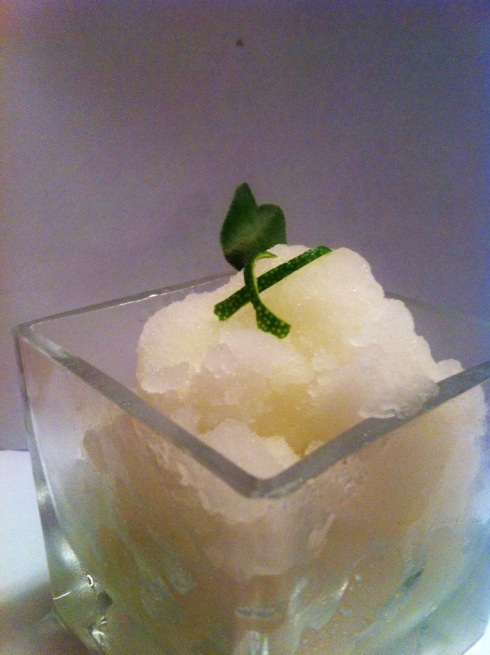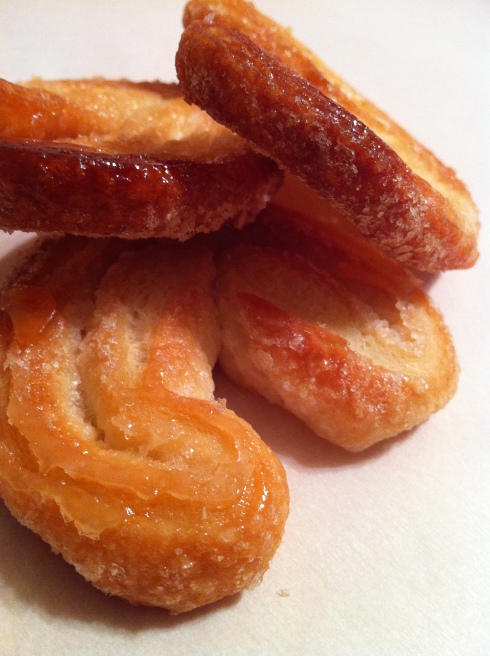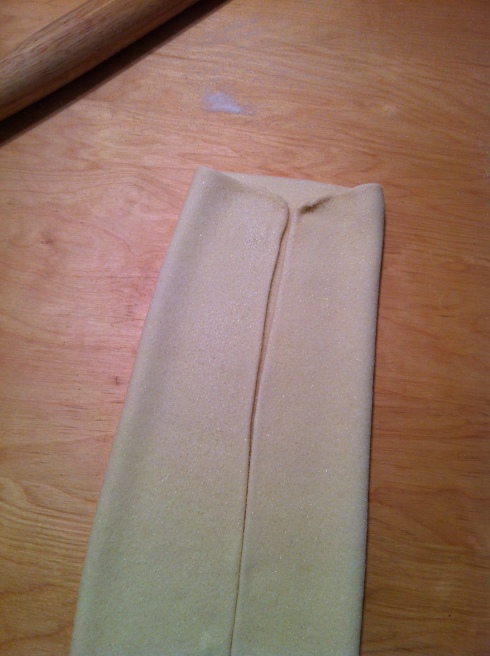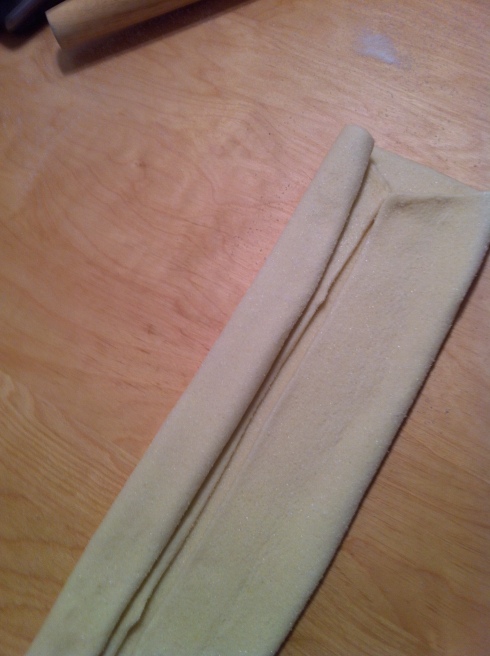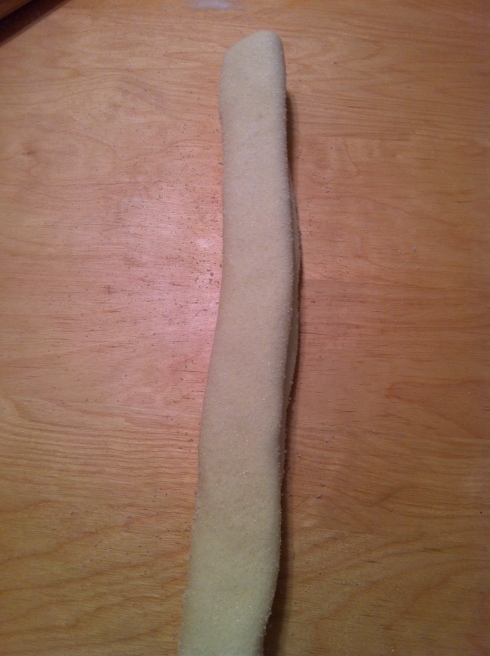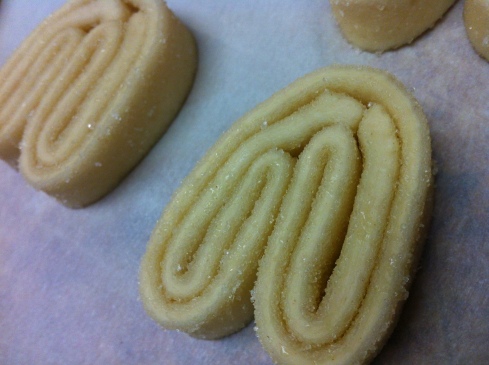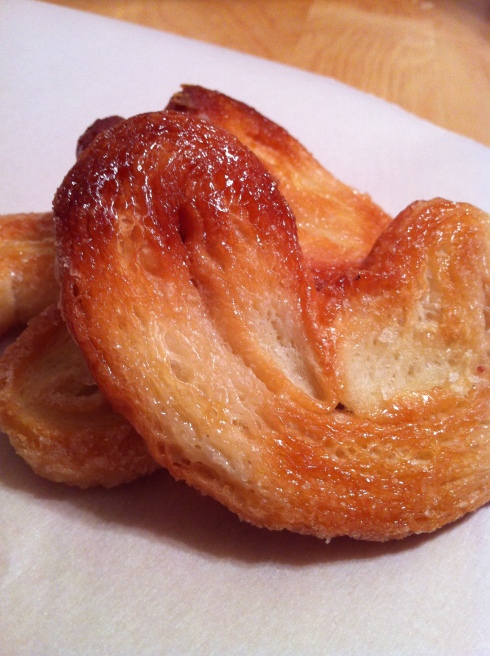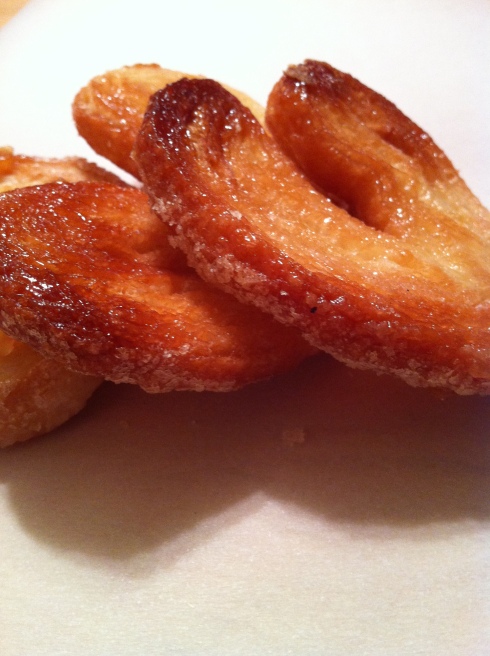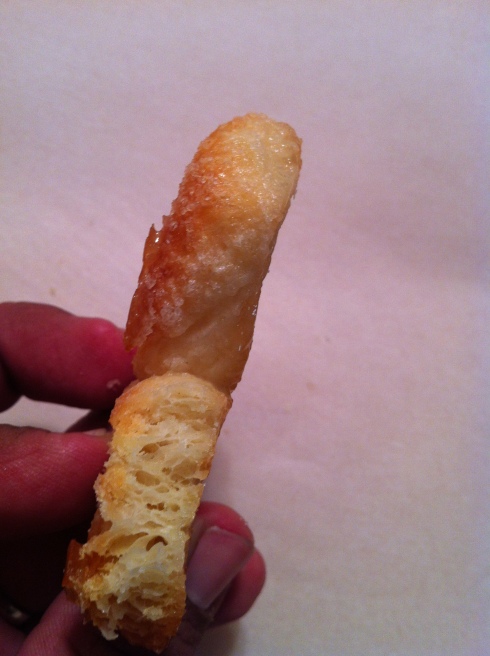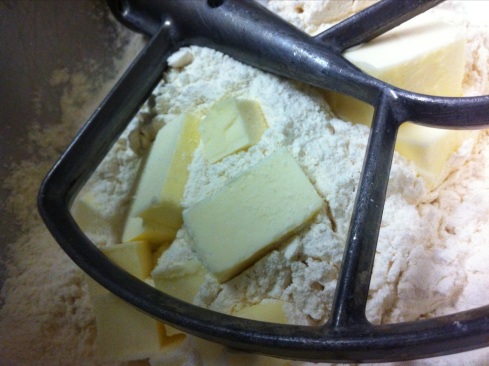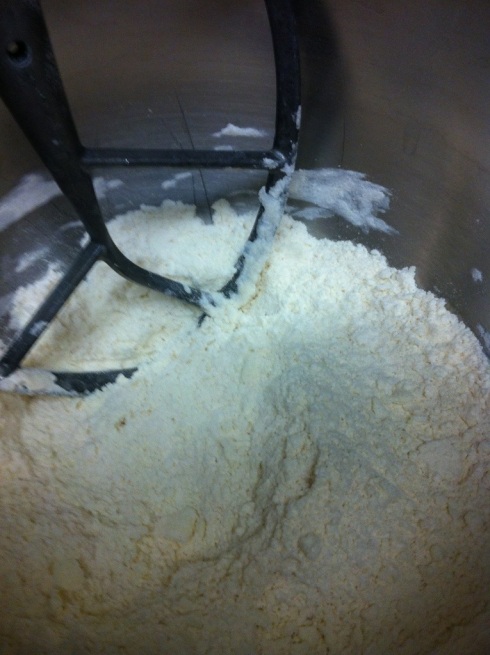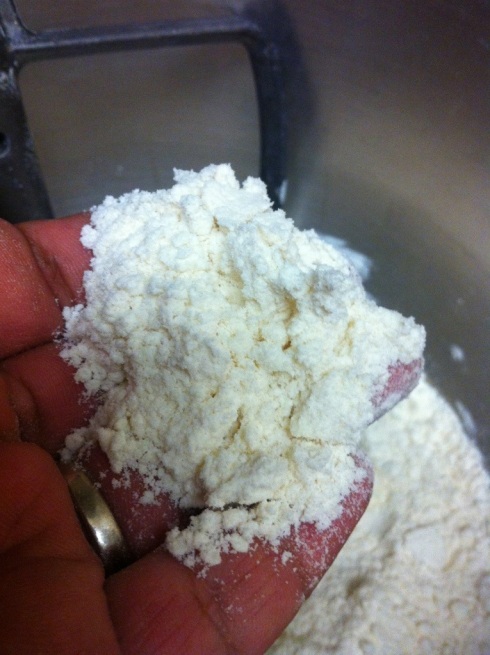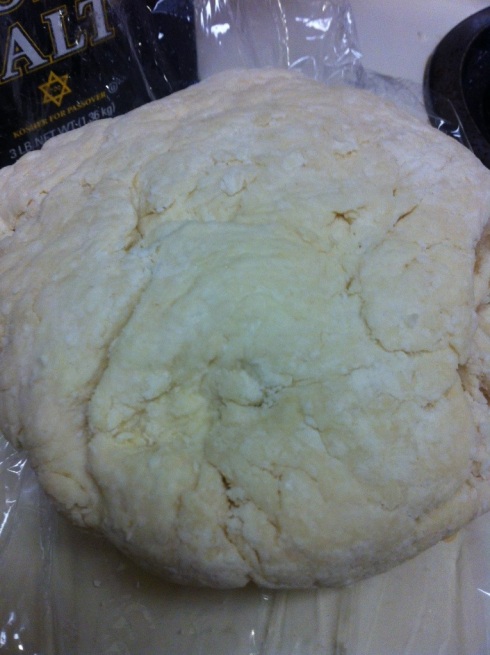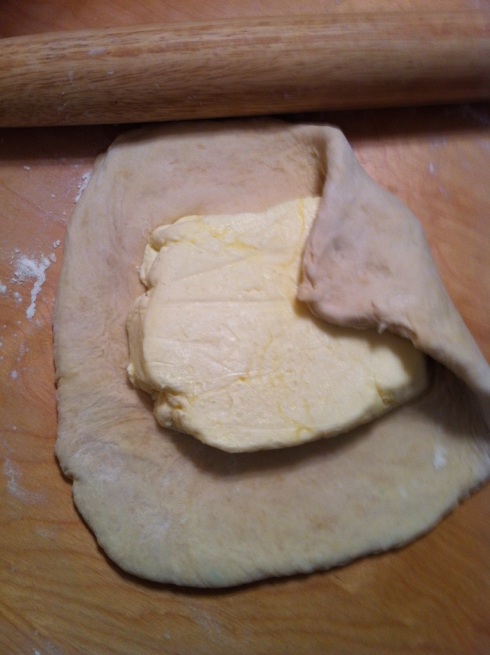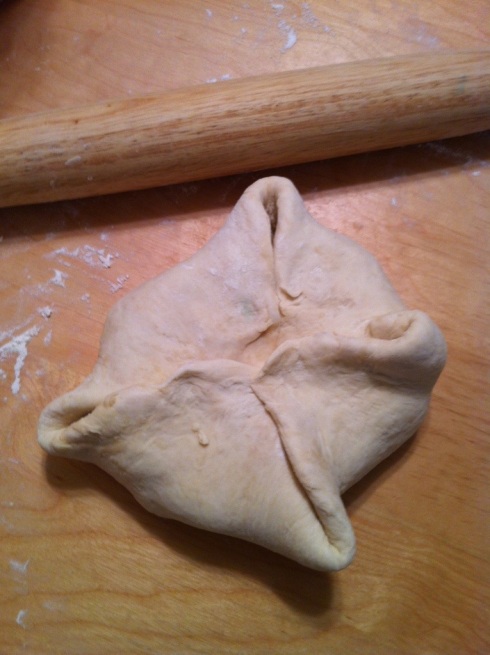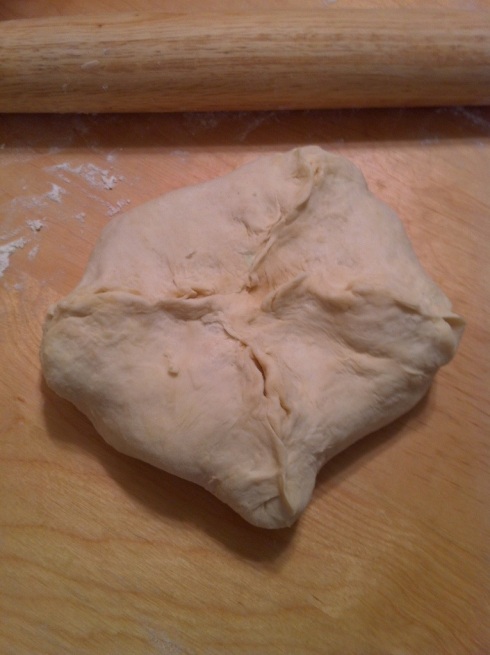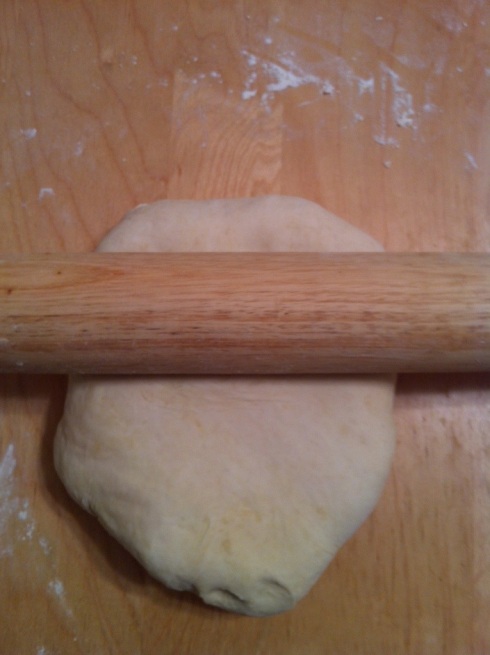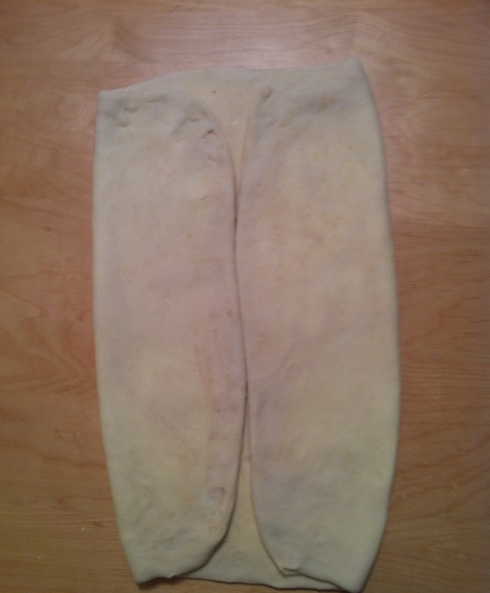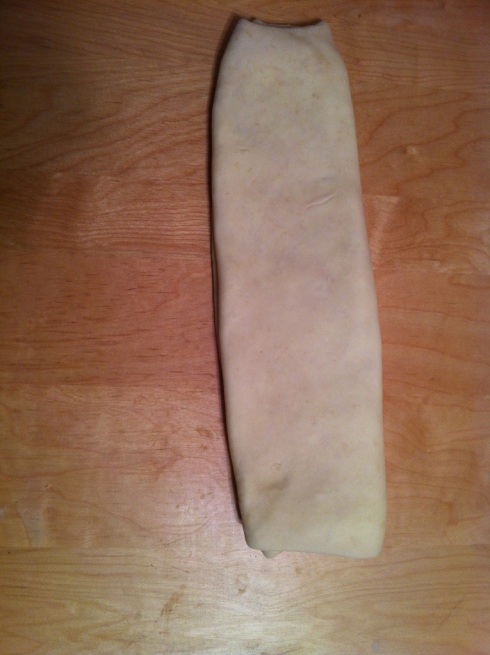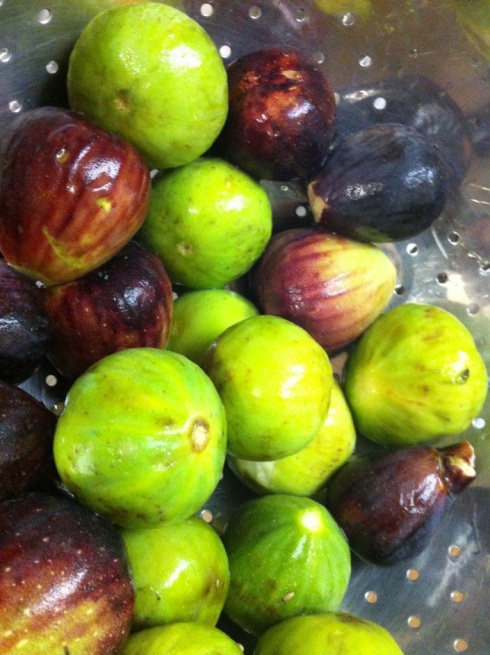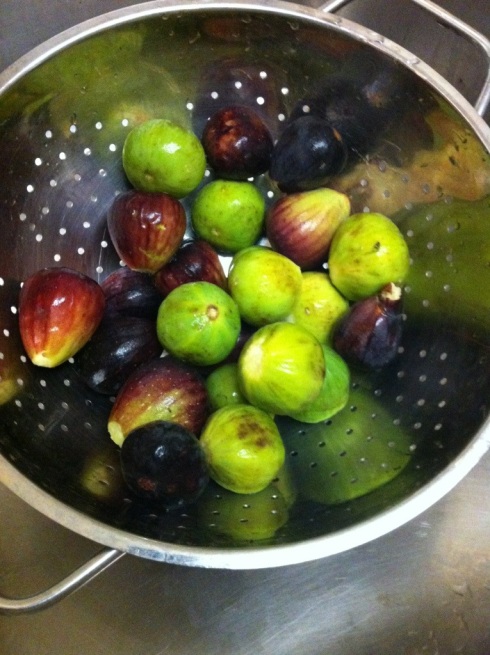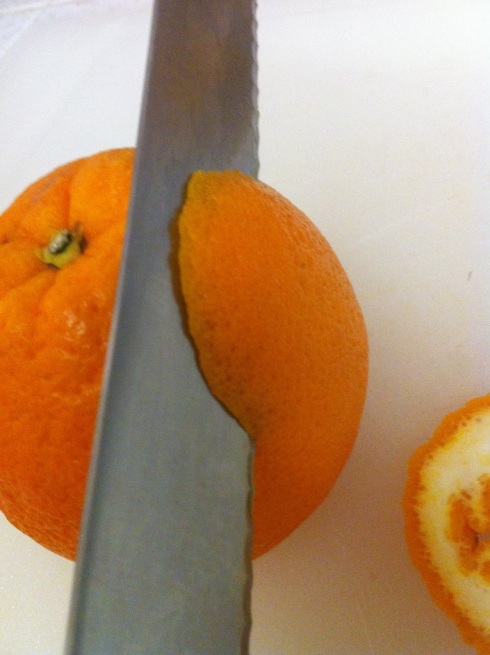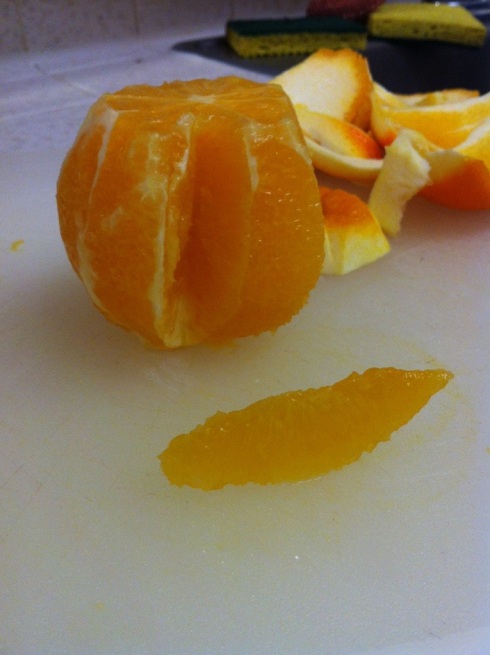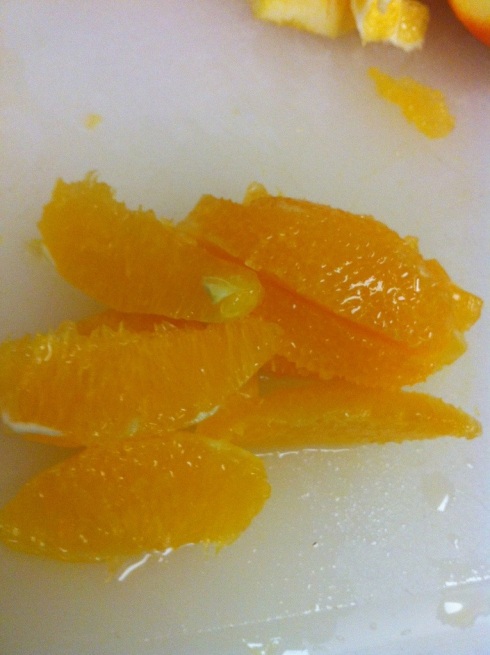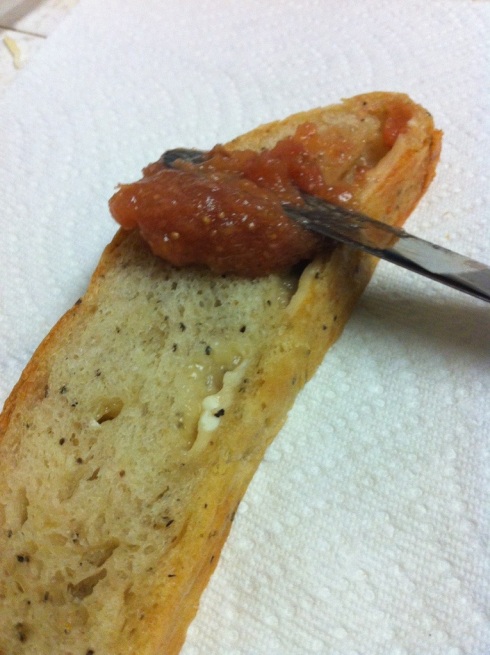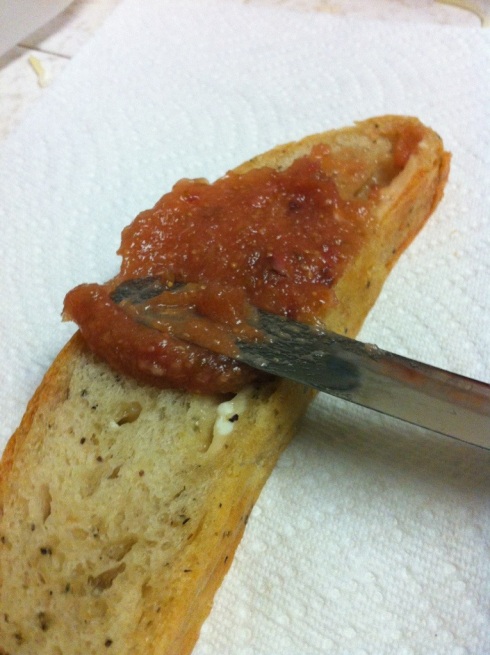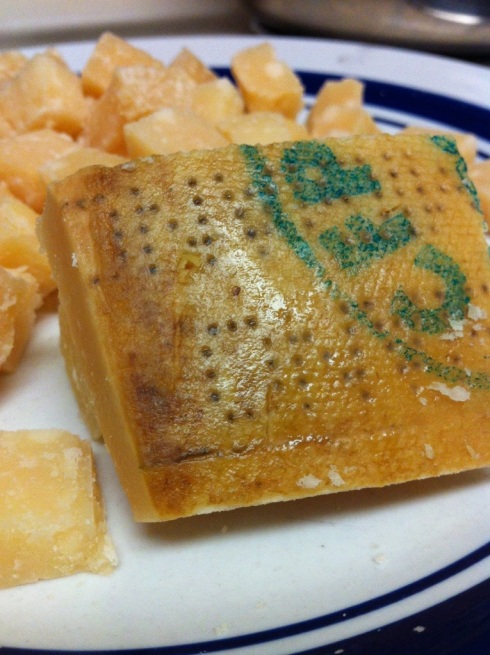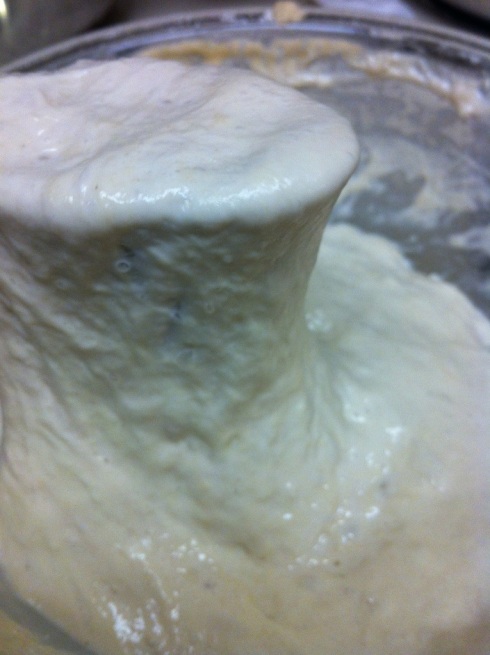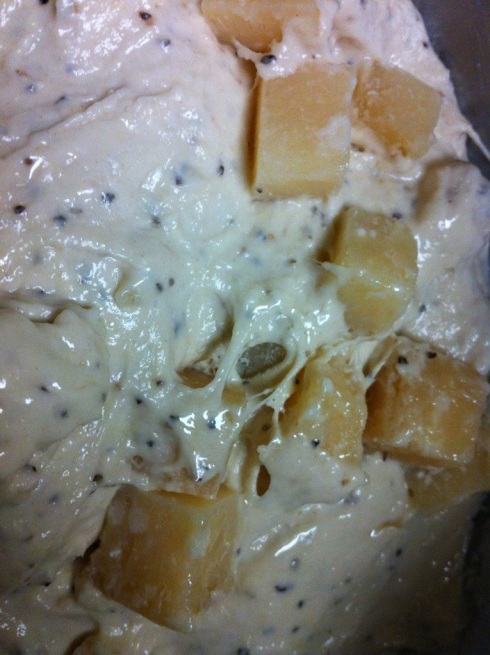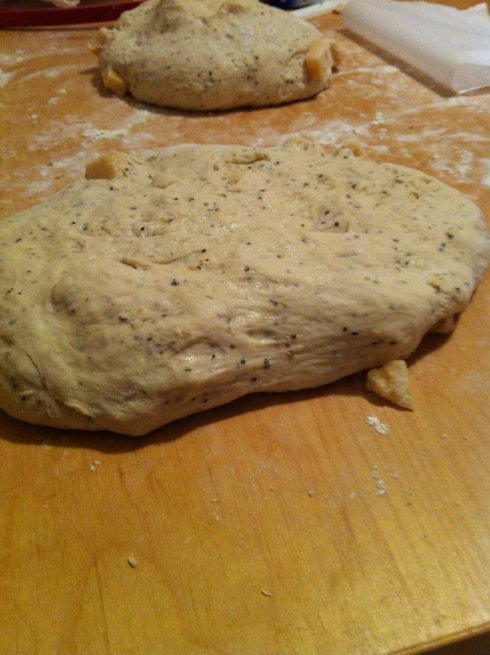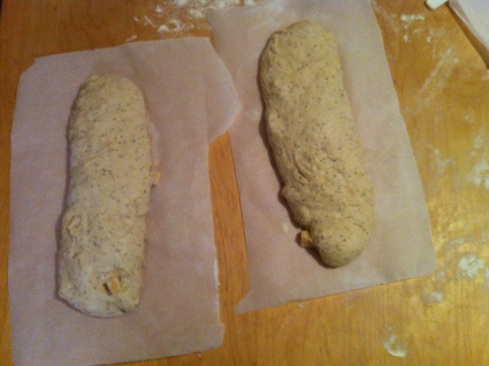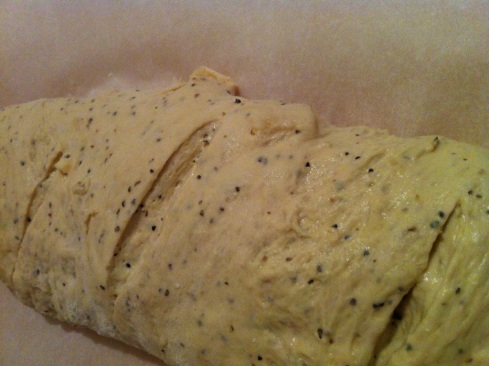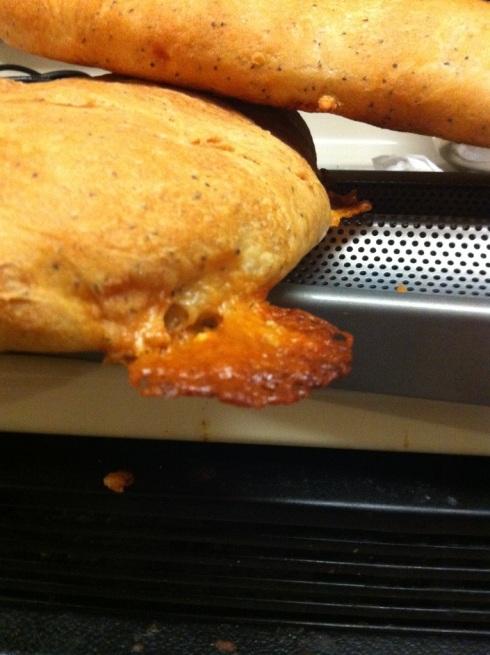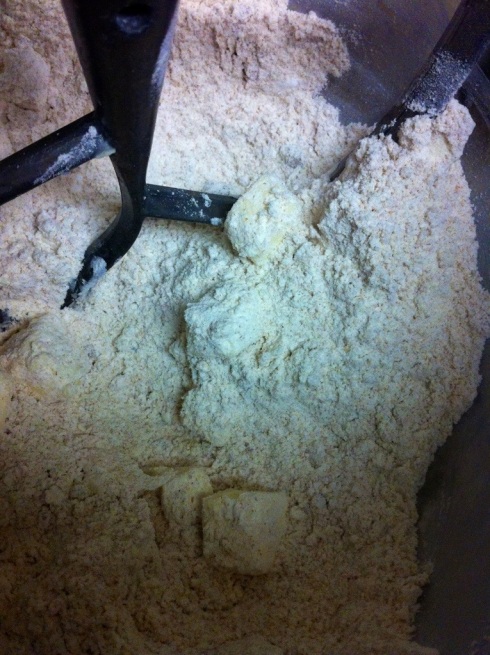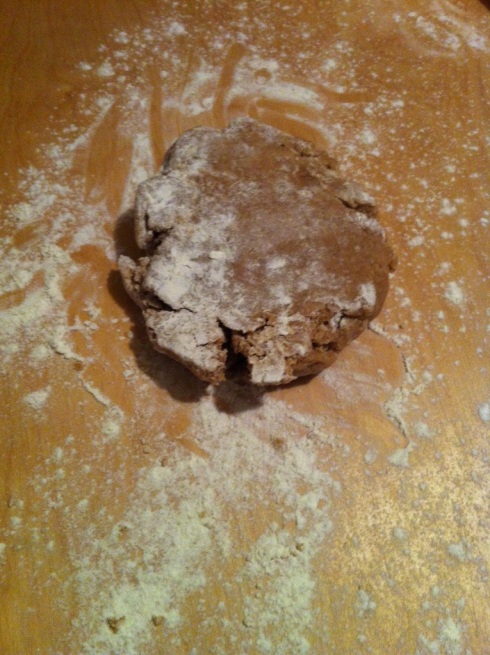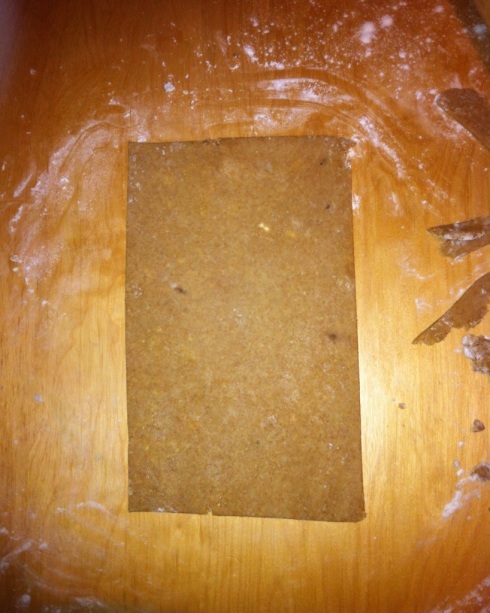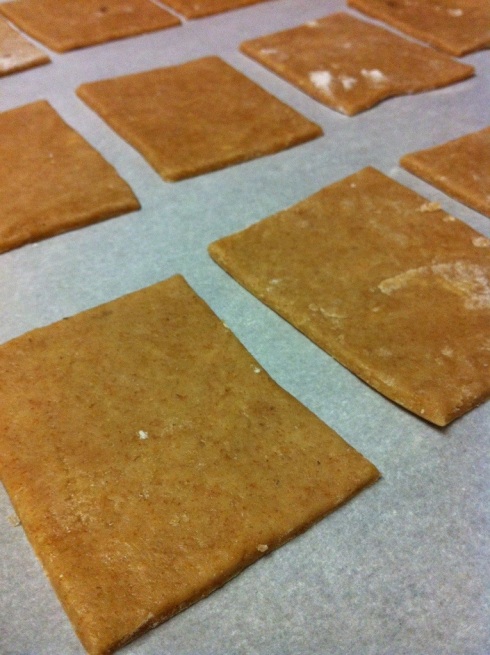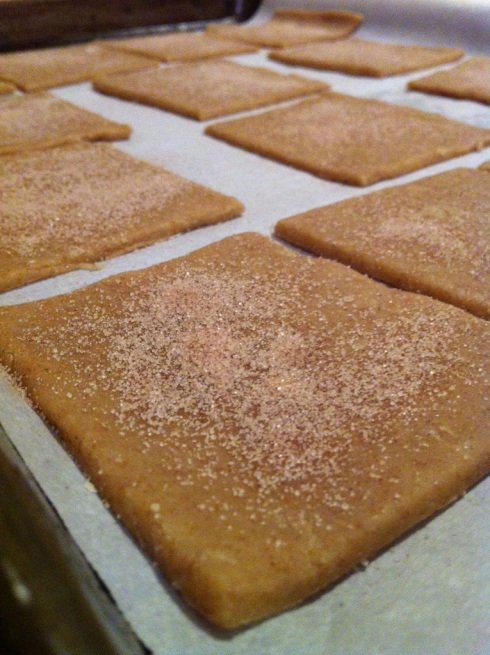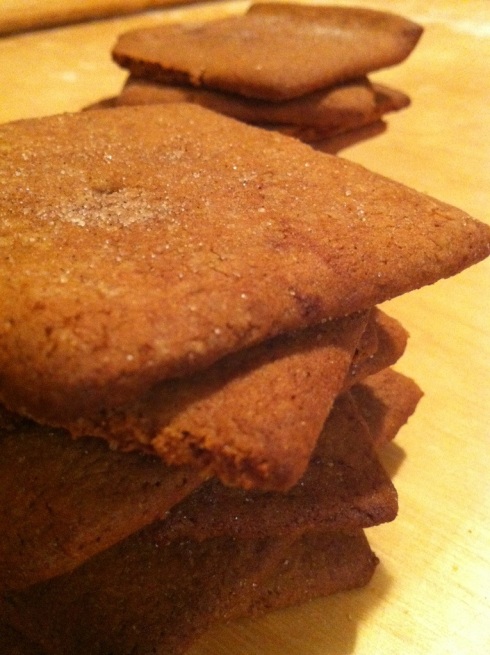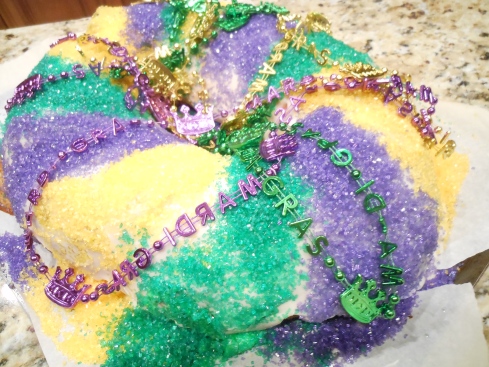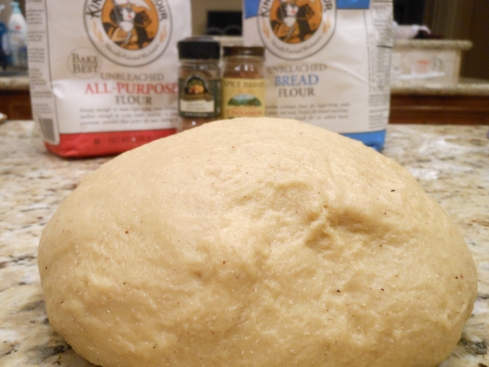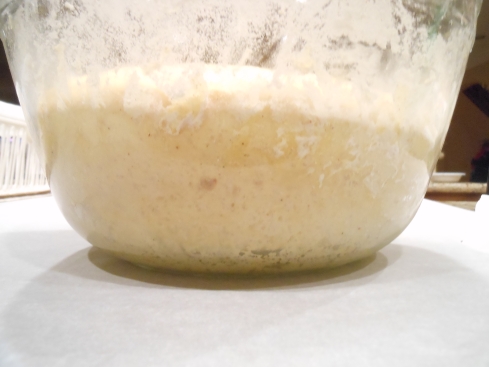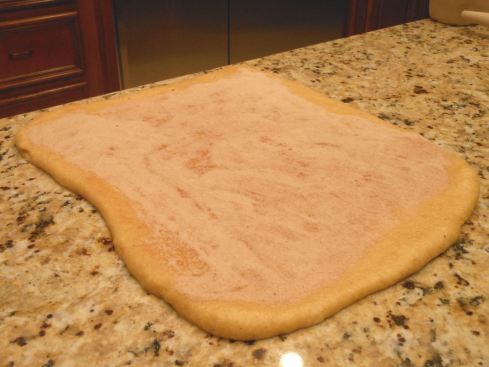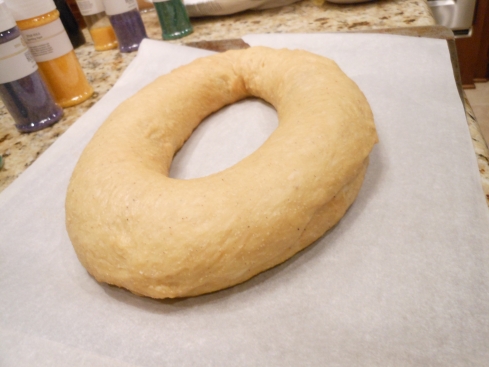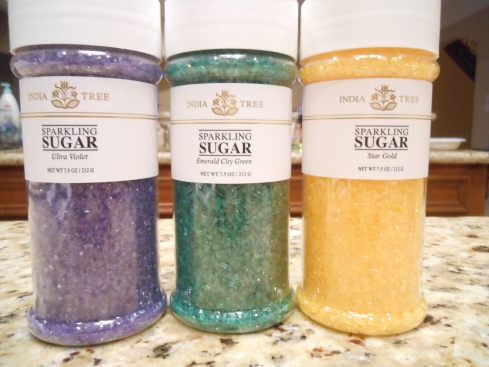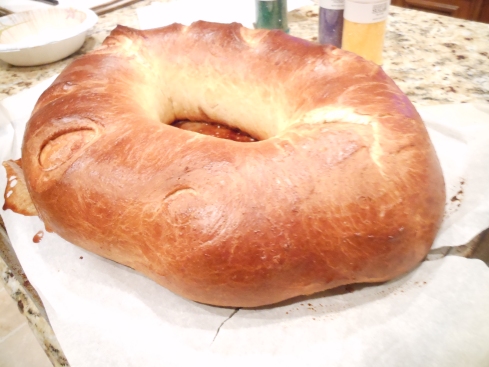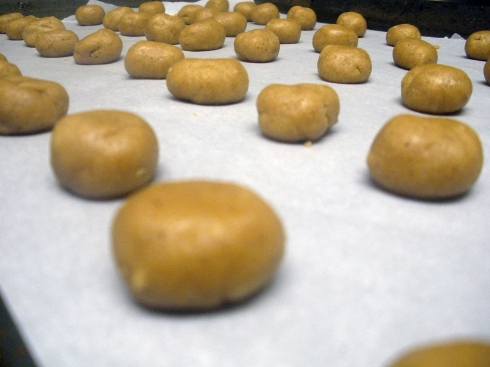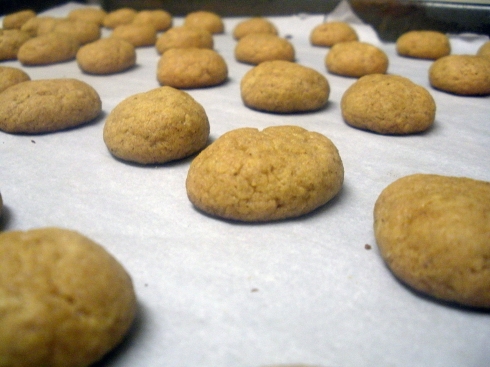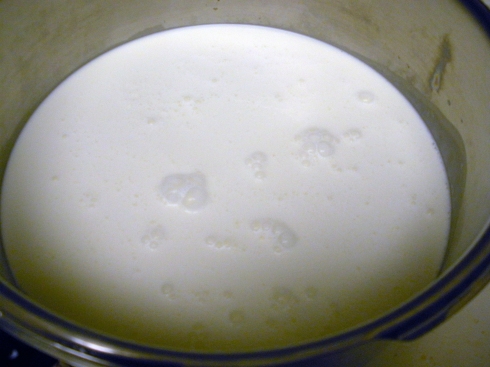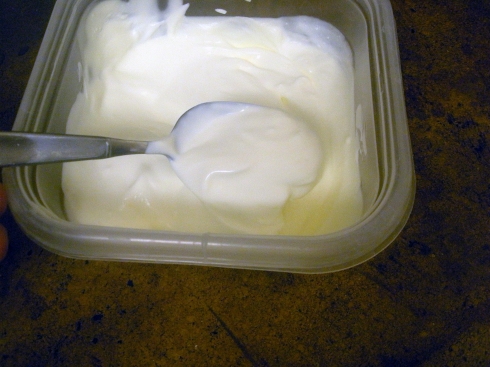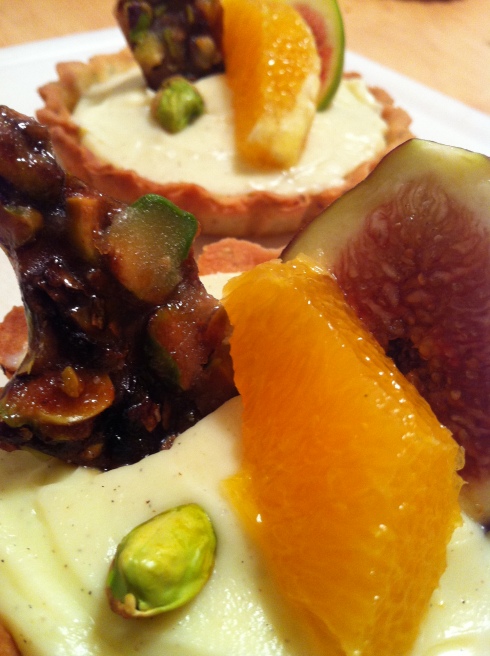
A few weeks ago we made a delicious jam out of Figs to celebrate the bounty of Autumn. Today, we will combine the jam we made with pistachio and cardamom.
I love to make tarts or tartlets in Autumn. They are like pies, but the fruit is either fresh, or in a jam. The garnish to a tart is always more celebratory of the fruit that has gone into the making of it. Figs are such a versatile fruit, and go so well with pistachio. The pistachio shortbread we make for this tart is buttery, tender, and tastes like the nut. Unlike many shortbread doughs, this particular shortbread is made with cooked egg yolks instead of raw. The logic behind that madness is rather simple: we want the richness that the egg yolks add to a shortbread, but we do not want the moisture.


 I cooked my egg yolks by hard boiling. I used what many refer to as the “Julia Child” method. Where the eggs are placed in the pot with cold water. The water is then allowed to come to a full boil, then the pot is removed from the heat source, covered and allowed to sit. This slowly cooks the eggs, and the egg yolks do not obtain that nasty grey color. Instead, they remain a bright appetizing yellow.
I cooked my egg yolks by hard boiling. I used what many refer to as the “Julia Child” method. Where the eggs are placed in the pot with cold water. The water is then allowed to come to a full boil, then the pot is removed from the heat source, covered and allowed to sit. This slowly cooks the eggs, and the egg yolks do not obtain that nasty grey color. Instead, they remain a bright appetizing yellow.
For the pistachio, I used shelled unsalted pistachios. They were crushed, and added to the dough just before all the ingredients were combined well. It is important to crush them well, other wise you will end up with a crust that is too thick.

I love cardamom, I like to use it in my sweet potato, and pumpkin pies. I specially use it when I make speculoos spice for speculoos cookies and Kruidnootjes. The versatile spice goes well in tea and coffee too. I infused the pastry cream in cardamom, but a I allowed the ground spice to remain in the cream; it creates an illusion that is just so lovely.

After blind baking the crust, I piped enough jam to fill 2/3 of the tart, I then filled the remaining 1/3 with the pastry cream. I used a small off-set spatula to smooth out the top surface, and then I decorated the tartlet with fresh figs, supreme orange segments, a single pistachio nut, and some pistachio brittle which I had made.

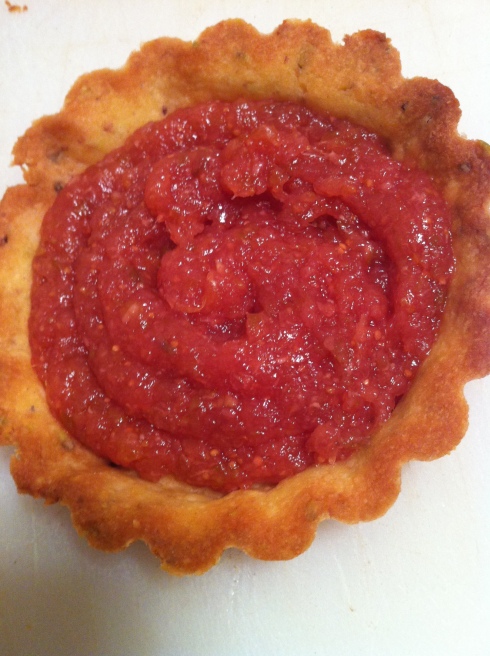

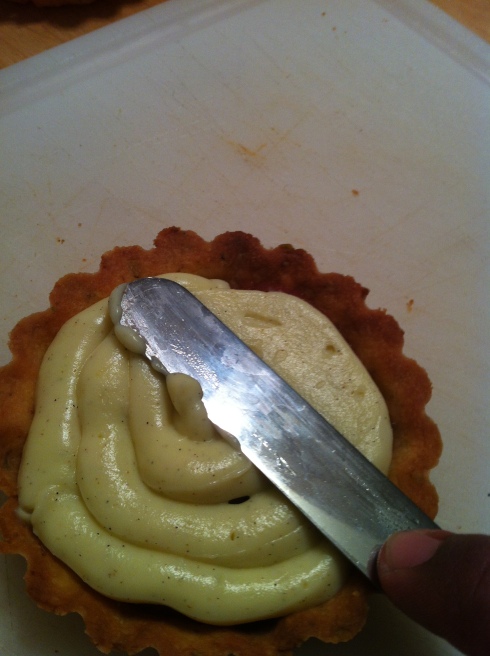


Individual Fig and Cardamom Tartlett
Ingredients:
1 recipe Fig-Orange Jam
1 recipe Cardamom Pastry Cream (recipe follows)
1 recipe Pistachio Shortbread (recipe follows)
Fresh Black Mission or Kadota Figs for decor
15 Shelled unsalted pistachio nuts for decor
15 Supreme Orange Segments for decor
Pistachio Brittle for decor (recipe follows)
Directions:
1. Roll out the shortbread to 1/4″ thickness.
2. Fit over the tartlet pan, and cut off the excess shortbread.
3. Using a fork, prick shortbread in the tartlet pan. Blind bake the shortbread at 350 F for 7 to 9 minutes.
4. Meanwhile, fill one pastry bag with the pastry cream, and another with the jam.
5. Once baked, allow the crust to cool down for 30 minutes.
6. Carefully, remove the baked shortbread crusts from the tartlet pans.
7. Fill the tartlet crust 2/3 of the way up with the jam.
8. Fill the remaining 1/3 of the crusts with the pastry cream.
9. Using a small offset spatula, even out the top surface.
10. Decorate the top of the tartlet with the fresh fig, the pistachio nut, pistachio brittle and the supreme orange segment in a contemporary fashion.
Cardamom Pastry Cream
Ingredients:
24 fluid ounces Milk
8 fluid ounces Heavy cream
7 1/2 ounces Granulated sugar
10 Egg yolks
2 1/4 ounces Cornstarch
1 1/2 teaspoon ground Cardamom
2 oz Butter, unsalted
1 teaspoon pure Vanilla Extract
Directions:
1. In a medium saucepan, combine the milk, heavy cream, half of the sugar, and cardamom.
2. In a small bowl, combine the egg yolks, the remaining half of the sugar and cornstarch.
3. Bring the mixture in the saucepan to a boil.
4. Pour 1/4 of the hot saucepan mixture into the small bowl to temper the eggs.
5. Pour the tempered egg mixture into the saucepan.
6. Bring the mixture to a boil, while continuously whisking it vigorously.
7. Once the mixture comes to a boil, remove from heat and immediately transfer to a bowl.
8. Allow the mixture to cool down to 100 F.
9. Add the butter, and vanilla extract.
10. Allow the pastry cream to cool down to room temperature before using.
Pistachio Shortbread
Ingredients:
12 oz Butter, unsalted & softened
5 1/2 oz Powdered Sugar
1 1/2 teaspoon Pure Vanilla Extract
3/4 teaspoon Salt
5 oz Pistachio Meal/Flour*
5 Egg Yolks, hard boiled that have been pushed through a fine mesh sieve
13 oz All-Purpose Flour
Directions:
1. In a stand mixer fitted with the paddle attachment, cream the butter and powdered sugar.
2. Add the vanilla extract and salt, combine well.
3. Add the all of the egg yolks at once and combine well.
4. Scrape down the sides of the bowl, and mix to combine well.
5. Add the flour, and mix until just combined.
6. Add the pistachio meal/flour and mix until just combined.
7. Transfer the shortbread dough to a sheet of plastic wrap, cover tightly and refrigerate for at least 2 hours or overnight.
*If you can not find the pistachio meal/flour, simply weigh out whole unsalted, shelled pistachios to the amount required. Place the pistachios in a food processor with the entire flour amount. Turn the food processor on for 30 seconds. This will pulverize the nuts and will be just like the commercial product. Just add this entire mixture at once instead. Do not add additional flour.
Pistachio Brittle
Ingredients:
1 oz butter
10 oz sugar
8 oz pistachio nuts
Directions:
1. In a cast iron or heavy pan, melt the butter over medium heat.
2. Add the sugar in an even layer on the pan; allow it to melt.
3. Add the pistachio nuts in an even layer.
4. Continue cooking until the sugar caramelizes. DO NOT STIR! However, you may move the pan to swirl the mixture.
5. Pour the hot mixture on a large sheet of parchment paper. Place another equally large sheet of parchment paper on top to cover the entire mixture.
6. Using a rolling pin, roll the mixture that is sandwiched between the two sheets of parchment paper until it no longer stretches out.
7. Allow the brittle to cool down for 15 minutes before handling.
Tags: cardamom, Fig, Orange, pastry cream, Pistachio, tart, tartlett
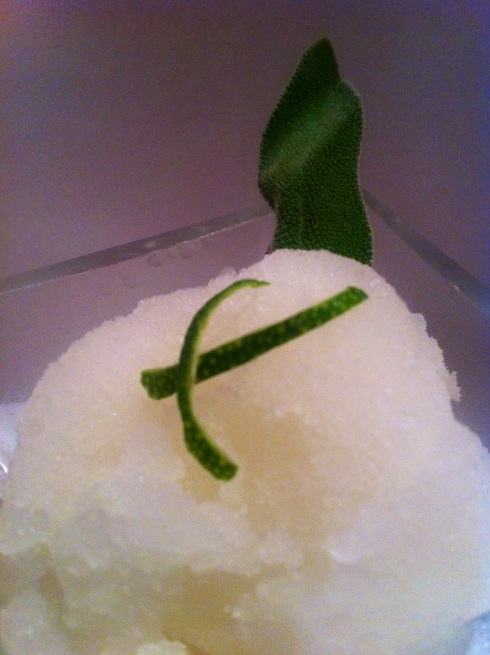 My wife and I attend a monthly meeting with other couples. During this past meeting, one of the couple had brought up how one of their relatives made a dessert out of basil. That inspired me to think of the classic lemon/basil combination. However, these days, that combination is so overused, that it has become rather boring to me. It is like the molten chocolate cake…you see it everywhere. So I thought, how can I create something similar? Then it came to me one night at the grocery store – limes and sage.
My wife and I attend a monthly meeting with other couples. During this past meeting, one of the couple had brought up how one of their relatives made a dessert out of basil. That inspired me to think of the classic lemon/basil combination. However, these days, that combination is so overused, that it has become rather boring to me. It is like the molten chocolate cake…you see it everywhere. So I thought, how can I create something similar? Then it came to me one night at the grocery store – limes and sage. I used Persian Limes for this sorbet. They remind me of key limes, but without that bitter pucker. Persian Limes are aromatically spicy and fragrant. I like the combination of the slightly peppery, flavorful profile of sage – it’s medicinal properties only make it more interesting.
I used Persian Limes for this sorbet. They remind me of key limes, but without that bitter pucker. Persian Limes are aromatically spicy and fragrant. I like the combination of the slightly peppery, flavorful profile of sage – it’s medicinal properties only make it more interesting.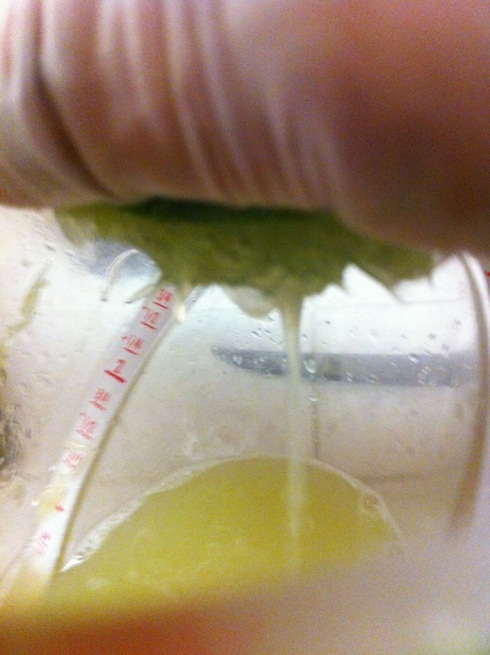
 I started by juicing two pounds of fresh Persian Limes, that I then passed through a fine mesh sieve, to rid the pulp. Meanwhile, I boiled water and sugar to make the simple syrup. After a minute of boiling, I removed the simple syrup from the heat, and allowed the fresh Sage leaves steep and infuse in the hot syrup for 30 minutes.
I started by juicing two pounds of fresh Persian Limes, that I then passed through a fine mesh sieve, to rid the pulp. Meanwhile, I boiled water and sugar to make the simple syrup. After a minute of boiling, I removed the simple syrup from the heat, and allowed the fresh Sage leaves steep and infuse in the hot syrup for 30 minutes.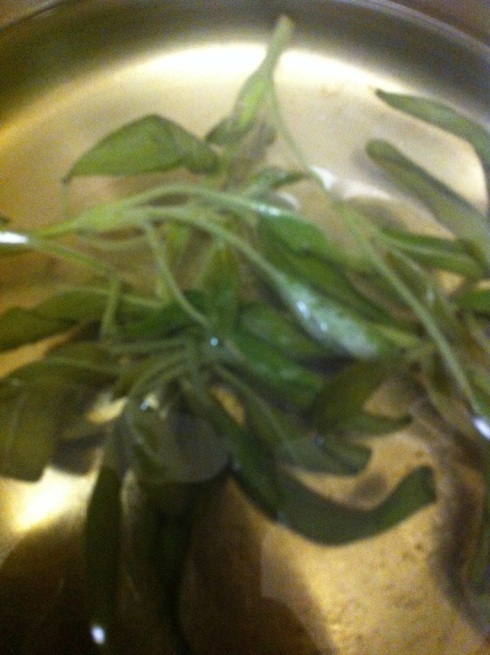 The syrup was then cooled in the freezer for one hour. Once cooled, I mixed in the Persian Lime juice along with two ounces of Cointreau. The Cointreau tones down the intensity of the sage, and compliments the Persian Limes ever so lovely.
The syrup was then cooled in the freezer for one hour. Once cooled, I mixed in the Persian Lime juice along with two ounces of Cointreau. The Cointreau tones down the intensity of the sage, and compliments the Persian Limes ever so lovely.